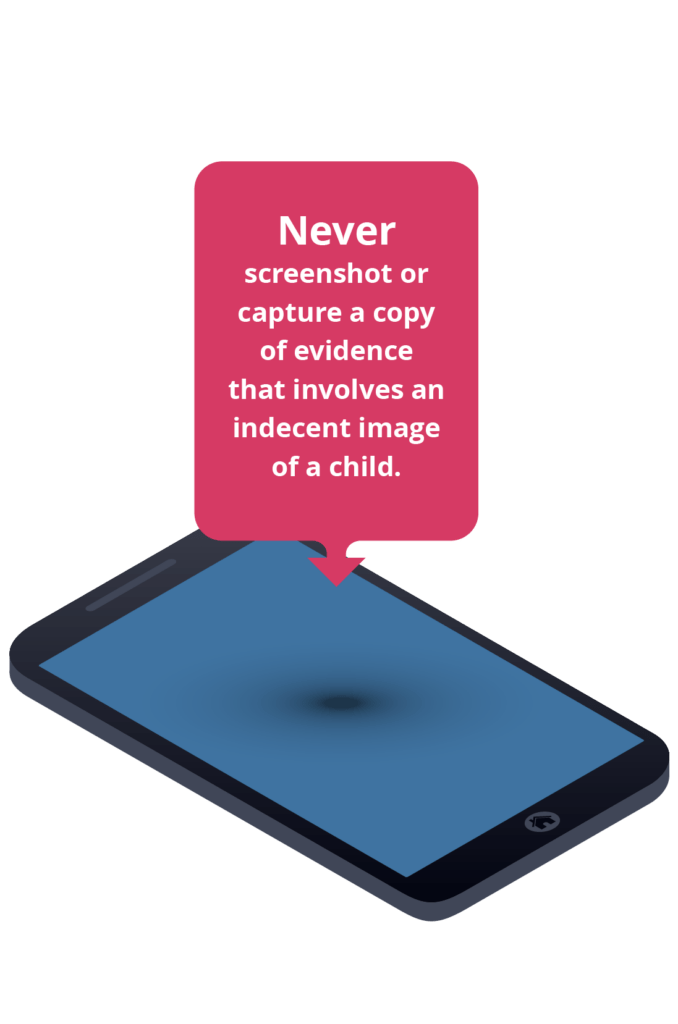Reading Time: 7.2 mins
January 20, 2025
We are seeing a significant rise in so-called ‘sextortion’ crimes against children and young people by criminals utilising AI technology to transpose innocent images into sexually explicit photographs and videos. These are then used to blackmail the innocent victim.
Don’t be fooled, this can happen to any child or young person, including those in your care.
What Is ‘Sextortion’?
So-called ‘sextortion’ is a form of online exploitation where perpetrators use intimate images or videos of a young person to blackmail them. They may demand additional images, money, or even coerce victims into recruiting others. While sextortion can happen to anyone, teenagers and young adults are particularly vulnerable.
Those carrying out these crimes will also seek out images of the victims with identifiable features such as their face, birth marks, tattoos or jewellery. They do this to heighten vulnerability, anxiety, engendering a feeling of powerlessness and self-blame.
This form of exploitation can present itself in various ways, but always has the same goal: to blackmail and instil fear within the victim for personal gain.

Common ‘Sextortion’ Tactics
What Is The Impact On Young People?
Feeling trapped in a ‘sextortion’ scam can feel overwhelming, inducing fear, panic and a range of other complex emotions including humiliation, stigma and shame. The perpetrator plays on such fears to discourage their victims from coming forward to seek help.
Sadly, in some cases, the psychological impact can lead to thoughts of self-harm or suicide. This is why early intervention, education and frequent open conversations are crucial in protecting children and young people in these situations.

What Can You Do?
Advice for Young People
If you are a victim of ‘sextortion’, it is critically important that you remember that you are a victim, you are not at fault and you are definitely not alone. Speak to an adult you trust, such as your parent or carer, a teacher or the police.
Remember: The sooner you come forward, the sooner you can get help.
Remember: The sooner you come forward, the sooner you can get help.
Consider the following steps
Protect Yourself
Post on your social media to say that your account has been ‘hacked’, and someone has made images of you using AI. For example:
“My account has been hacked. Someone has taken photos from my profile and is threatening to share AI-generated images of me – these are fake. I don’t want this to happen to you – block this account now.”
Speak To an Adult You Trust
Keeping this a secret will not help. Speak to someone you trust and explain what has happened. This could be a parent, carer, teacher or the police. They will want to support you. In these online cases, speed is of the essence. The sooner you come forward, the sooner you can be appropriately supported and the perpetrator stopped.
Finally, we have all done things in life we regret. You might feel embarrassed or blame yourself – it is not your fault. These feelings will pass and with the right help and support, you will get through this.
Further Resources
Safer Schools Teach Hub
Our Teach Hub has a wealth of resources tailored to opening meaningful and honest dialogues with young people.
It is hugely beneficial to begin creating an open discussion with the young person about who their Trusted Adults are at the earliest point as it will allow the child to raise concerns quickly.
Join our Online Safeguarding Hub Newsletter Network
Members of our network receive weekly updates on the trends, risks and threats to children and young people online.










